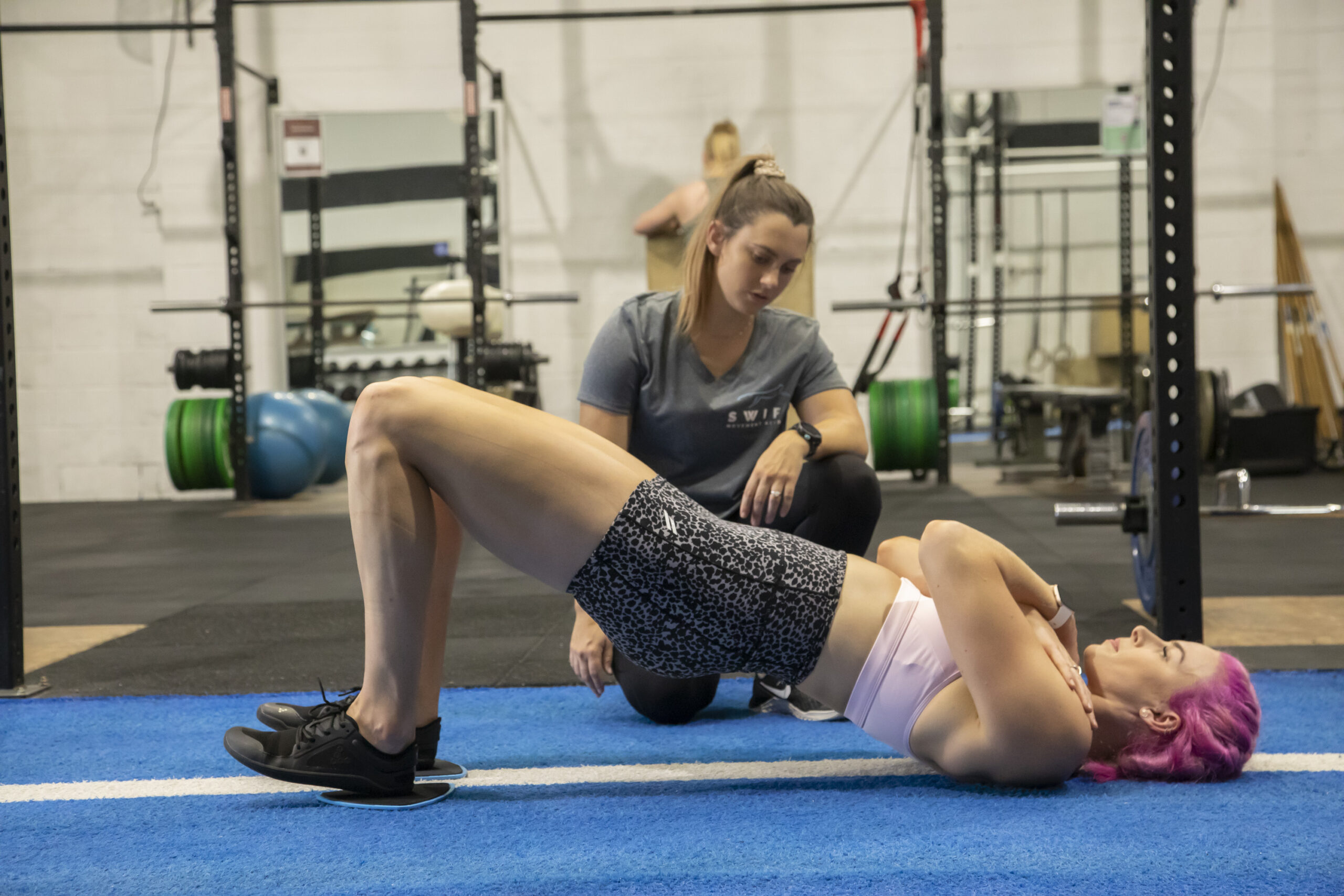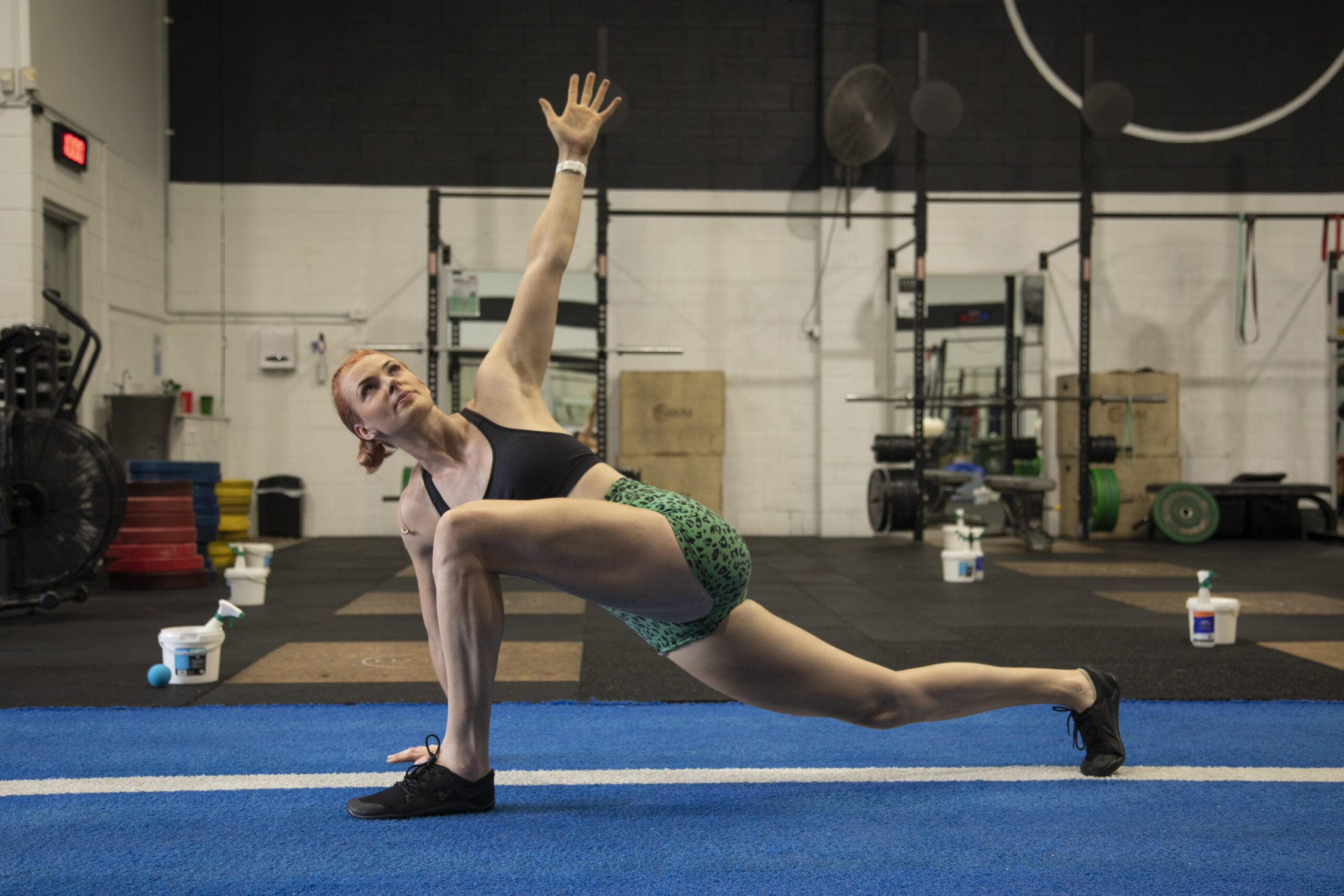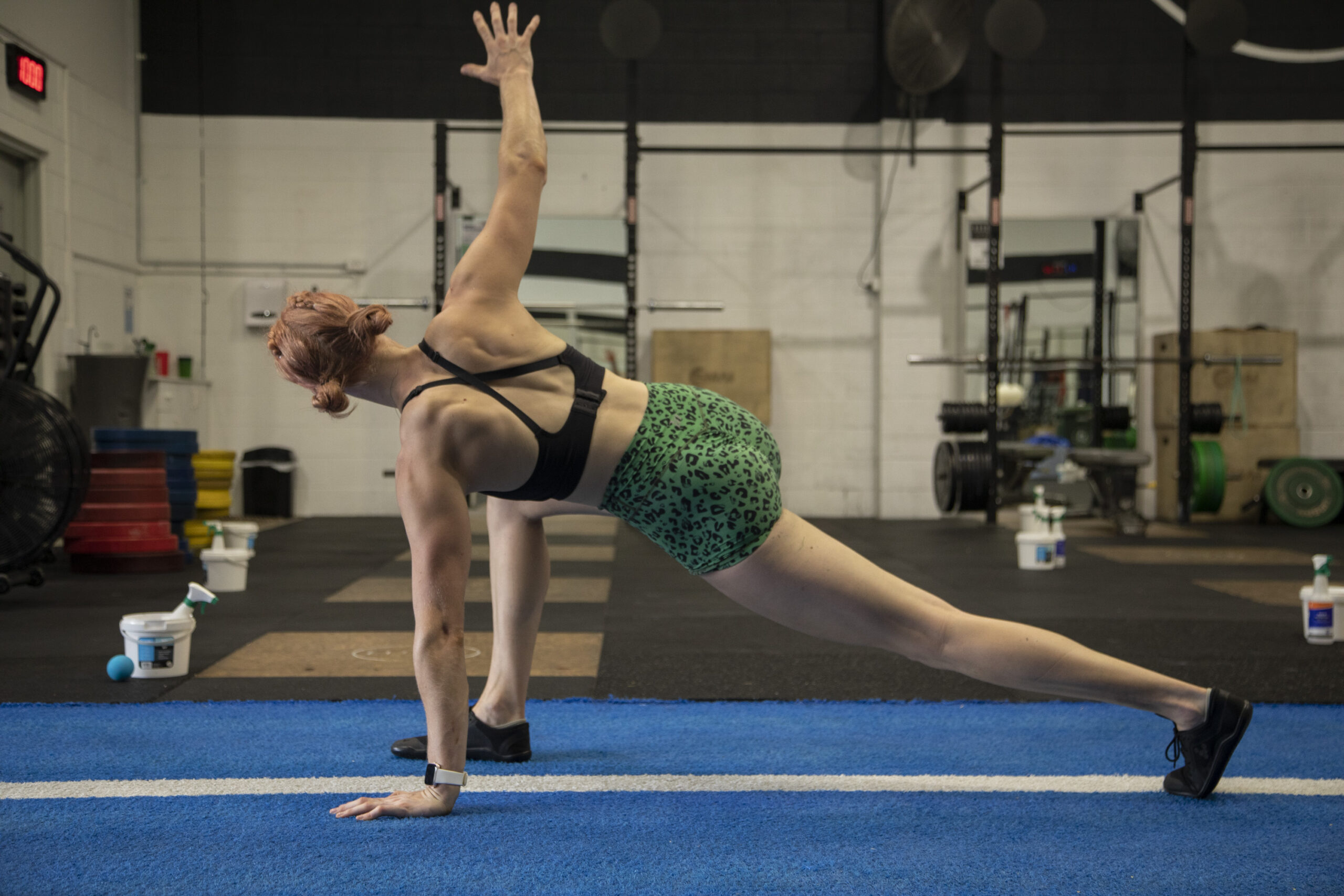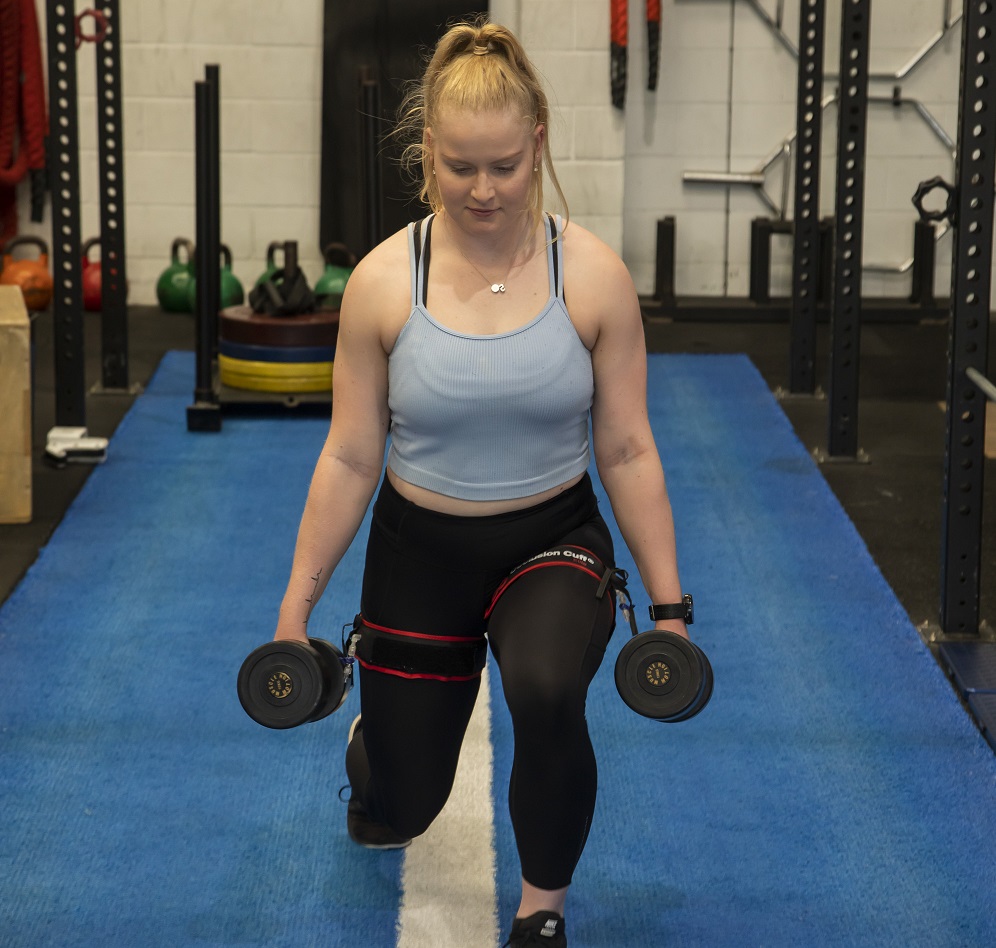If you’re dealing with pain in your sacroiliac joint (SI joint), you know how frustrating it can be. The SI joint is the joint that connects the spine to the pelvis in the hips, and when it becomes inflamed or irritated, it can cause pain in the lower back, hips, and legs. While physical therapy has traditionally been used to manage SI joint pain, exercise rehabilitation is becoming increasingly popular as a safe and effective way to improve function and reduce pain.

Understanding Exercise Rehabilitation for SI Joint Pain
Exercise rehabilitation is a type of treatment that involves exercises and movements to help manage musculoskeletal injuries and conditions. In the case of SI joint pain, exercise rehabilitation involves specific exercises and stretches to target the muscles and ligaments around the SI joint.
The goals of exercise rehabilitation for SI joint pain include reducing pain and inflammation, improving mobility and function, and preventing future injury.
The goals of exercise rehabilitation for SI joint pain include reducing pain and inflammation, improving mobility and function, and preventing future injury. By strengthening the muscles around the SI joint and improving overall flexibility and range of motion, exercise rehabilitation can help individuals with SI joint pain manage their symptoms and improve their quality of life.
The time it takes to see relief from SIJ pain can vary depending on the individual’s specific case and the severity of their condition. However, research has shown that exercise rehabilitation programs can lead to significant improvements in SIJ pain and function in as little as 4-8 weeks.
Exercise Techniques for SI Joint Pain
It’s important to note that consistency and adherence to the exercise program are crucial factors in achieving positive outcomes. In addition, it’s recommended that individuals continue with regular exercise and physical activity even after their symptoms have improved in order to prevent future episodes of SIJ pain.
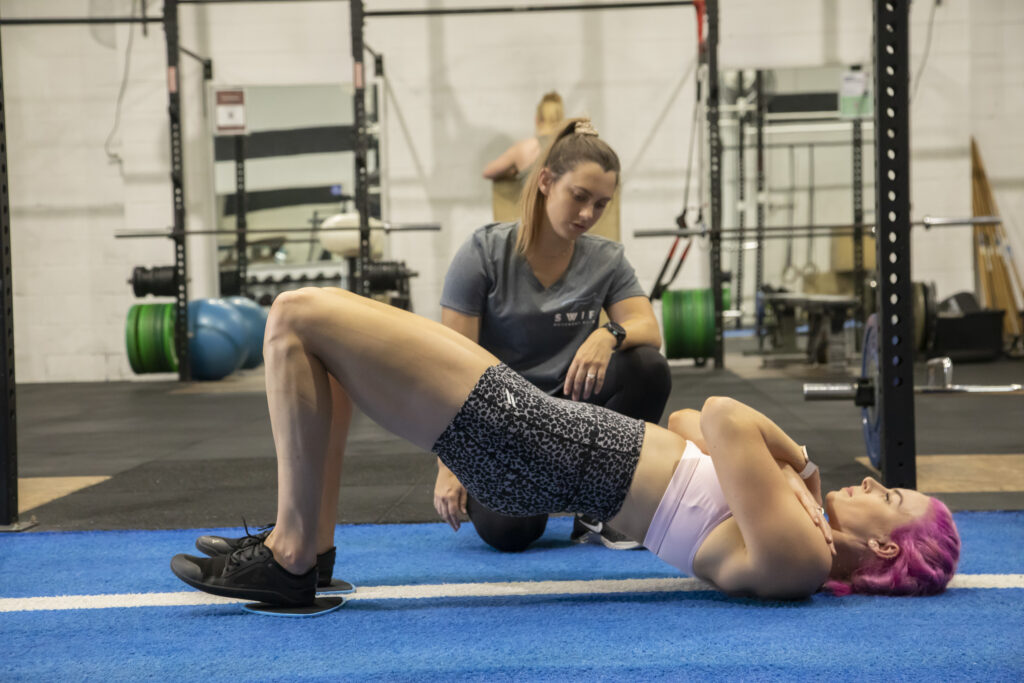
To get the most out of exercise rehabilitation, it’s important to work with a qualified exercise rehabilitation specialist, such as an exercise physiologist. Exercise physiologists are experts in exercise prescription and can help develop a customised exercise rehabilitation plan to help manage your symptoms. Here are some exercise techniques that an exercise physiologist would use in managing SI joint pain:
- Strengthening exercises: Strengthening exercises, such as hip abductor and gluteal muscle strengthening, can help improve the stability of the SI joint and reduce pain. A study by Van Dillen et al. (2009) found that strengthening the hip muscles can help improve function and reduce pain in individuals with SI joint pain.
- Stretching exercises: Stretching exercises, such as hip flexor and hamstring stretches, can help improve flexibility and range of motion around the SI joint. A study by Weppler and Magnusson (2010) found that stretching the hamstrings can help reduce SI joint pain.
- Stabilisation exercises: Stabilisation exercises, such as the bird dog exercise and plank variations, can help improve core stability and reduce SI joint pain. A study by Kim et al. (2018) found that performing stabilisation exercises can help reduce pain and improve function in individuals with SI joint pain.
Benefits of Exercise Rehabilitation for SI Joint Pain

Exercise rehabilitation offers several advantages for managing SI joint pain:
- Improved pain management: Exercise rehabilitation has been shown to reduce pain and inflammation in individuals with SI joint pain. A study by Marshall et al. (2014) found that exercise rehabilitation can improve pain and function in individuals with SI joint pain.
- Increased mobility and flexibility: Exercise rehabilitation can help improve flexibility and range of motion around the SI joint. A study by Kim et al. (2018) found that exercise rehabilitation can improve hip joint range of motion in individuals with SI joint pain.
- Reduced risk of future injury: By strengthening the muscles around the SI joint and improving overall flexibility and range of motion, exercise rehabilitation can help reduce the risk of future injury. A study by Van Dillen et al. (2009) found that strengthening the hip muscles can help reduce the risk of future SI joint injury.
Conclusion
Exercise rehabilitation, under the guidance of an Accredited Exercise Physiologist, offers a safe and effective way to manage SI joint pain and improve quality of life. By strengthening the muscles around the SI joint and improving overall flexibility and range of motion, exercise rehabilitation can help individuals with SI joint pain manage their symptoms and prevent future injury. If you are experiencing SI joint pain, consider consulting with an exercise physiologist to develop a customised exercise rehabilitation plan that meets your individual needs.
Are you currently struggling with SIJ pain and looking for a solution? Our article has shown how exercise rehabilitation, guided by an exercise physiologist, can help improve your symptoms and quality of life in as little as 4-8 weeks, so what is stopping you from acting now? If you’re ready to take control of your health and well-being, we’re here to help. Contact us today to learn more about how our guided Exercise Physiologist services can benefit you!
References:
- Van Dillen, L. R., Sahrmann, S. A., Norton, B. J., Carlson, N. M., & Johnson, E. M. (2009). Reliability of physical examination items used for classification of patients with low back pain. Journal of Manipulative and Physiological Therapeutics, 32(9), 817–826. https://doi.org/10.1016/j.jmpt.2009.02.011
- Weppler, C. H., & Magnusson, S. P. (2010). Increasing muscle extensibility: A matter of increasing length or modifying sensation? Physical Therapy, 90(3), 438–449. https://doi.org/10.2522/ptj.20090012
- Kim, S. M., Kim, H. S., Lee, S. Y., & Park, K. H. (2018). Comparison of the effects of exercise rehabilitation and manual therapy on pain, stiffness, and physical function in patients with chronic low back pain: A randomized blinded clinical trial. Medicine, 97(27), e9229. https://doi.org/10.1097/MD.0000000000009229
- Marshall, P. W. M., Kennedy, S., & Brooks, C. (2014). Lumbopelvic muscle recruitment patterns in chronic low back pain patients during an isometric task: Separating the contribution of the hip extensors. BMC Musculoskeletal Disorders, 15, 159. https://doi.org/10.1186/1471-2474-15-159
